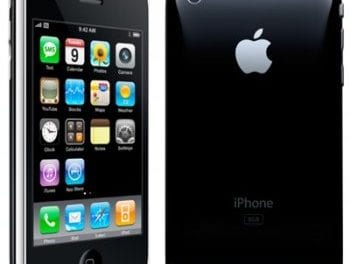The Centers for Medicare & Medicaid Services (CMS) changed course earlier this spring by announcing a “new” payment system proposal for skilled nursing facilities (SNFs).
By Jane Kincaid
When the Centers for Medicare & Medicaid Services (CMS) changed course earlier this spring by announcing a “new” payment system proposal for skilled nursing facilities (SNFs), the agency set in motion what will be months of preparation for providers ahead of the expected Oct. 1, 2019, start date for the Patient Driven Payment Model, or PDPM.
CMS says the proposed new model is meant to improve the incentives to treat the needs of the whole SNF patient, instead of focusing on the volume of services the patient receives, and which takes lots of time to maintain the substantial paperwork required.
New Model, New Adjustments
PDPM is aimed at adjusting Medicare payments based on each aspect of a resident’s care, most notably for Non-Therapy Ancillaries — those items and services not related to the provision of therapy like drugs and medical supplies. PDPM would further adjust the SNF per-diem payments to reflect varying costs throughout the stay and incorporate safeguards against potential financial incentives to ensure that beneficiaries receive care consistent with their unique needs and goals.
What all of this means for SNFs is that they must make a priority list to get ahead of the curve on what is coming next year in the PDPM. Atop the list of items for this preparation period, in addition to waiting for a final rule to be issued sometime before year’s end, are the following items: assessing their clinical abilities, getting a better grasp of MDS coding and quality management protocols, and boning up on staffing strategies that will help make the transition to PDPM a success.
Harness Data Now
How will providers get a foothold on all of these areas before the PDPM hits? According to experts, they will need to quickly figure out how to harness their data and document more accurately how each resident’s clinical progress and outcomes measure against the PDPM model.
Cornell Communications, a Senior Housing Forum partner, has found a way to help providers harness data and track documentation of this type with a mobile-handset-based nurse call system that features two-way communication and real-time data on staff productivity and resident care levels.
Known as inform, the solution is aimed at helping with workflow optimization, improving staff accountability with real-time alert tracking, and enhancing staff time efficiencies with two-way communication. As a result, community length of stay and occupancy increases when families observe the improved staff response.
Workflow Changes Ahead
According to experts, preparing for PDPM means workflow changes for staff at all levels within the facility. inform is designed to track and ensure accurate documentation so that workflows can be adequately adjusted when necessary.
In addition to utilizing RTLS to notify staff when residents need assistance, the inform solution records what time they called, indicates a resident’s location, and identifies which staff member took each call. The data are then used to tabulate both travel time and the time spent with each resident.
What’s more, staff love inform’s easy to use interface. Nurses can easily respond to the nearest, most important calls. Management receives accurate, real-time data on call volumes, call frequency, and response times. Data is used to monitor response times, increase efficiency, improve resident quality of life, and more.
To learn more about the products and services available from Cornell Communication, call (800) 558-8957 and visit their website at:
Click on the button below to download a PDF copy of this article:









